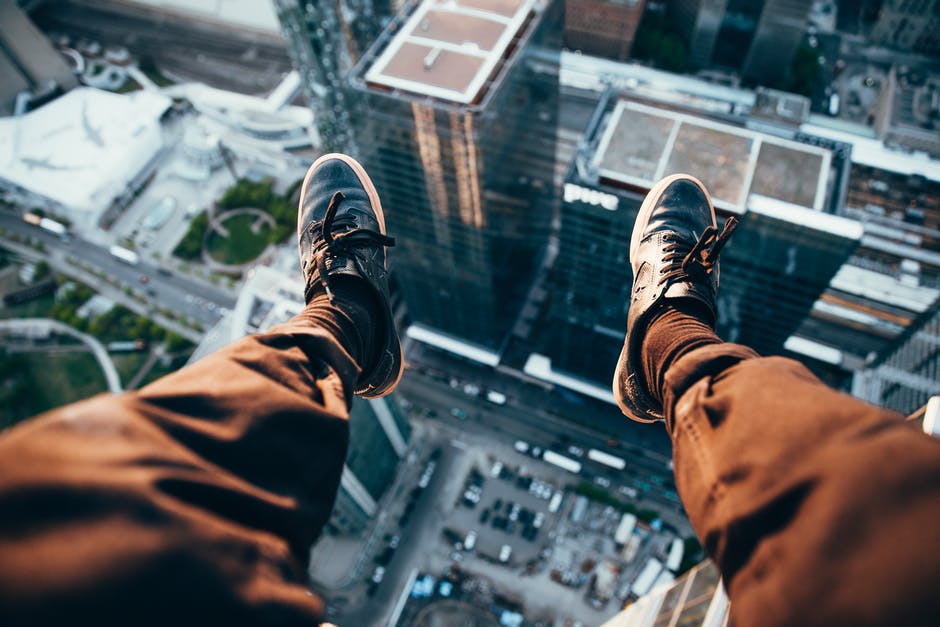
Ozone and UVC Sanitation Guide
Combining Ozone and UVC sanitation tactics is a more effective and reliable cleaning solution for sanitization stations. Read more here to learn how.
Microbes that cause disease are everywhere, but it wasn’t until recently that society gave it much thought. We know that hand sanitizer is highly effective in killing infectious disease on our hands and the single most important practice to protect ourselves from millions of invisible threats widely known as germs.
What about our shoes? Are we unwittingly spreading disease from one place to another by just walking around? Ozone and UVC sterilize surfaces and help the spread of disease, but what surfaces are of the biggest concern, and can these solutions be used to sterilize our shoes?
The floors of busy public buildings see the most contact with people making them a prime surface in cross-contamination. Our shoes get us around from one place to another tracking germs from one shoe to the floor to other shoes in an endless cycle of contamination. Many people are aware that our shoes pick up all kinds of nasty stuff and that is why many of us take off our shoes at the door before walking into our homes.
However, leaving our shoes at the door is highly impractical for public buildings, so what to do to stop microbes from getting tracked all over the floors of our community areas? Keep reading to learn how the patented shoe sanitizing station, UVZone, from PathO3Gen Solutions™ can help stop the spread of disease right in its tracks.
The Importance of Shoe Disinfection in Stopping Microbial Spread
The COVID-19 pandemic has been a wake-up call to the need for better public health safety measures. Millions around the world have been infected with the deadly respiratory coronavirus with scientists scrambling to understand how the virus is spreading so quickly and efficiently.
Scientists studying Covid-19 know that the virus survives on surfaces for hours and even days. This is why the CDC tells us to wash our hands or use hand sanitizer regularly to help protect against contracting Covid-19. There is no doubt that people are washing their hands more and this is a major step towards preventing microbial spread, but without disinfecting surfaces that we touch we are constantly picking up more microbes and potentially sending them up and into the air we breathe.
During these times of heightened awareness of the dangers of microbes, many public entrances require you to use hand sanitizer before entering the building. This itself is a good way of microbe control, but is it really stopping the virus from getting in? Considering studies have shown high levels of microbes are found on footwear, not really.
Killing Microbes On Surfaces
Although Covid-19 is getting all the attention these days, it is far from the only microbe threat. Our shoes pick up all sorts of bacteria well known to cause health issues including:
- Coliform and E. coli
- Escherichia coli
- Klebsiella pneumonia
- Serratia ficaria
You don’t have to be a microbiologist to understand we don’t want to have the microbes found on our shoes to find their way into our bodies. So, what can be done about it? Is there really any way to stop microbes from covering surfaces we touch?
The battle against microbes is one we have always faced and humanity will never be fully able to stop the spread of disease, but we are learning that killing microbes on surfaces inside of high traffic areas is half the battle. It is ideal to stop microbes at the door before they find their way into the publicly used building.
Killing microbes on shoes at entrances certainly will help reduce surface contamination inside the building. There are several methods of killing microbes on surfaces. Chemical disinfects like alcohol and chlorine are highly effective in instantly killing microbes, but constantly wiping down the soles of our shoes with alcohol wipes just isn’t a practical way of shoe sanitizing.
Thankfully, there is a better way. Ozone and Ultraviolet C are the best ways to kill 99.9% of microbes found hanging out on the outside of our shoes. Let’s take a look at the merits of both.
Ozone
Ozone is a highly unstable gas molecule (O3) that quickly reverts to oxygen (O2) when it comes in contact with other substances. This process is oxidation. Oxidation is deadly to microbes completely destroying the cell wall and killing the organism.
The third oxygen atom in ozone makes the molecule extremely reactive and it readily attaches itself to other molecules effectively oxidizing them. This process of destroying cell membranes with oxidation is lysis. Killing microbes by lysis is a safe alternative to toxic chemicals and a highly effective way of eliminating pathogens from surfaces and the air itself.
The process of creating ozone is localized and self-contained. Ambient air is pulled into the device where a high voltage charge is applied. The electrical energy converts oxygen (O2) to ozone (O3).
The ozone is blown onto the surface being disinfected killing any and all microbes it binds with. Any excess ozone dissipates harmlessly into the environment quickly returning to its original oxygen (O2) state. Ozone disinfection is a well documented proven sanitation method that is already utilized widely in air and water purification systems.
Ultraviolet C
The awesome power of the sun is vital for life on this planet, but even as it is giving us life it has the power to destroy it as well. There are many types of electromagnetic radiation categorized by their wavelengths. There are seven types of electromagnetic radiation along the spectrum:
- Radio waves
- Microwaves
- Infrared
- X-rays
- Gamma rays
- Visible light
- Ultraviolet (UV) light
Ultraviolet light is further broken down into types UV-A, UV-B, and UV-C. UV-C is light with wavelengths of 207 – 222 nanometers on the spectrum. Decrease the wavelength by increasing the frequency and you get X-rays which are extremely dangerous to all living things including humans.
It’s natures balancing act with UV-C light uniquely capable of killing microbes, but harmless to humans in small doses. It is the UV-A and UV-B light in sunlight that causes tanning of the skin and sunburn. Interestingly, the UV-C light from the sun is mostly absorbed by the Earth’s ozone layer protecting us from too much harmful radiation.
If you have ever visited a tanning salon then you have had your fill of carefully controlled exposure to UV-C light. Another common example is the awe-inspiring ‘black light’ making T-shirts and teeth glow at parties.
UV-C light is death to microbes by penetrating the cell membrane and disrupting the bonds between atoms. UV-C basically breaks apart the nucleic acids and DNA of the microorganism effectively killing the microbe and disinfecting the contaminated surface. UVC lamps are so effective at killing microorganisms that almost every cleanroom lab and hospital surgery room utilize them.
Combining Ozone and UVC Sanitizing
A unique problem arises when attempting to sanitize shoes at entrances to public buildings – time. Ozone takes at least 30 seconds of exposure to kill viruses and harmful bacteria. Studies show that exposure to UVC light kills 99.7 percent of microbes in 30 seconds but can take 9-10 minutes to effectively inactivate viruses in liquid cultures.
As you can imagine, having procedures of disinfecting shoes that take this long can backup foot traffic into a building. Our research led us to try using both these methods at once and the results were shocking.
The resulting patented product, the UVZone footwear sanitizing station, was found to effectively kill 99.9% of harmful microbes including the Coronavirus 229E on shoes in just 8 seconds! Combining ozone and UVC disinfection is 110 times more effective than UVC light alone.
Read the full study for the complete details of the findings.
Not Only Hospitals
Hospitals are, of course, where contagious diseases are likely to end up wreaking havoc on their human hosts and actively seeking new ones. However, the pandemic has opened our eyes to the fact that microbes are lurking everywhere and we must be proactive in destroying the threat especially in high traffic areas inside buildings such as:
- Shopping malls
- Office buildings
- Airports
- Subway stations
- Food processing and manufacturing facilities
- Nursing homes
- Schools
The fact is installing a shoe sanitizing station at the entrance of these public places can and will reduce the risk of microbe-borne illnesses dramatically. Public health is on everyone’s mind these days making now the time to act in the best interest of the health of our honored guests wherever their steps may take them.
Ozone Plus UVC for Better Shoe Sanitizing
The evidence is overwhelming and just because you can’t see these invisible tiny microbes doesn’t mean the threat they pose is not real. Millions of lives are at stake. Knowing that we can make a difference and reduce human suffering by ozone and UVC sanitizing of shoes at public entrances makes our mission your mission.
Public health and the safety of the people under our roof is everyone’s responsibility and it is time we act accordingly. Contact us or schedule a free virtual demo today and step into the UVZone.

